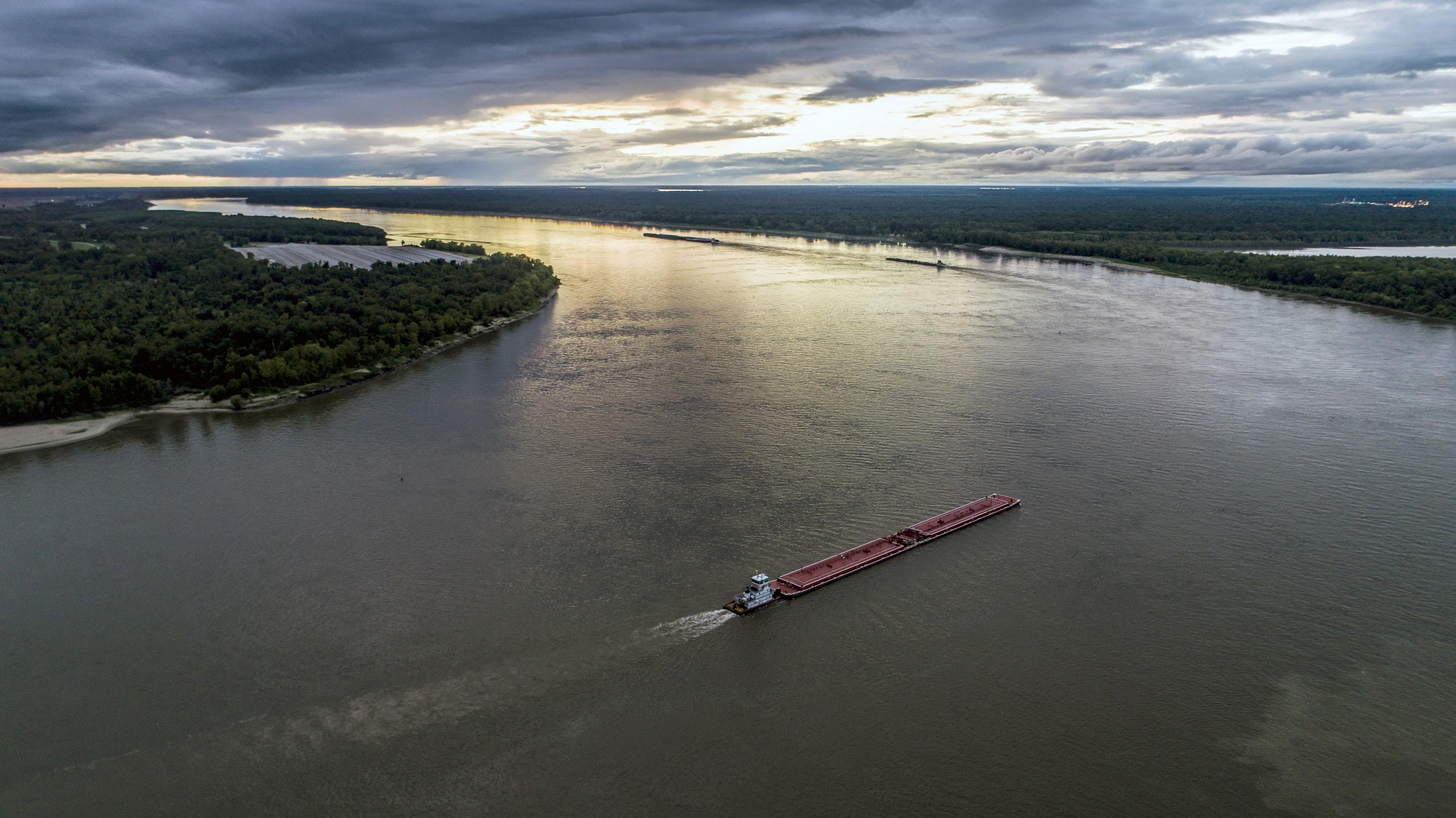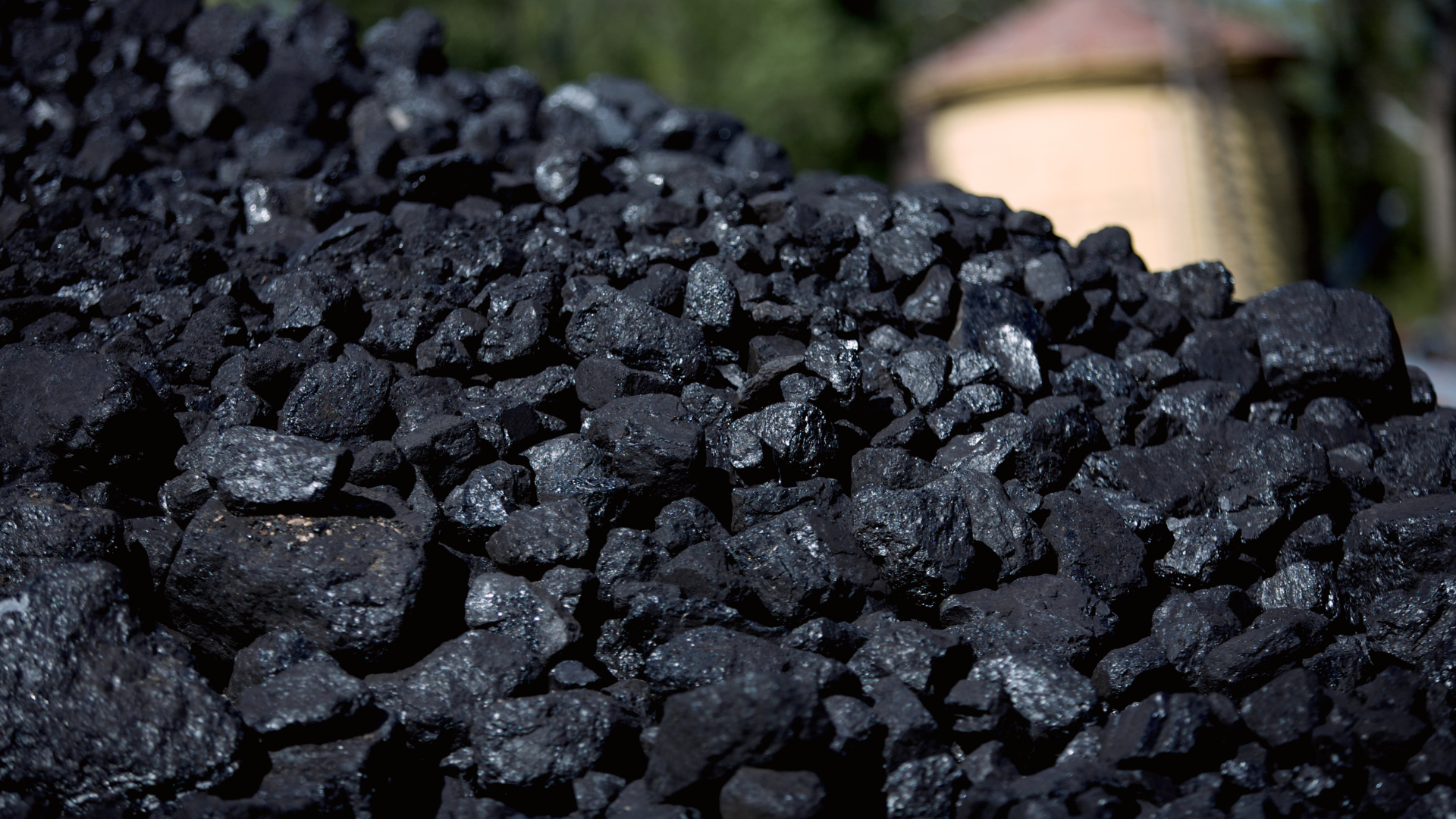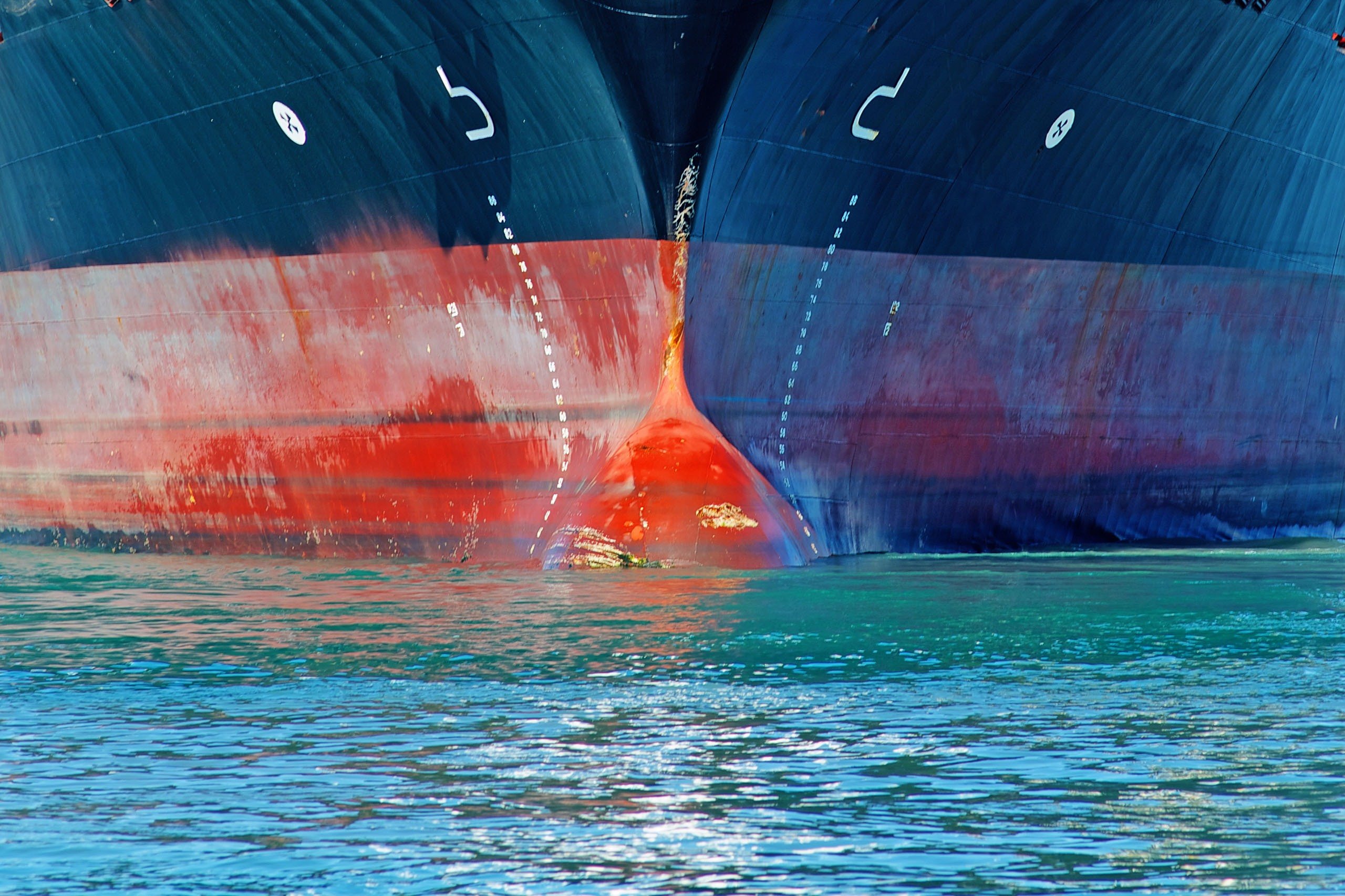
ミシシッピ川は長年それ自体が謎だと考えられてきました。その謎は詩人の胸を打つのと同様に船主の帳簿にも影響を与えるので、ミシシッピ川とともに生きる人々は皆、ミシシッピ川のことを「強大」とか「大きな泥」と表現しますが、お世辞抜きに言えば「老人」のような川です。メンバーと各P&Iクラブにとっても、ミシシッピ川は依然として航行が難しく、水位が高くなる傾向があり、それゆえ絶え間なく高額クレームが発生する川と言えます。以下、トーマスミラー・アメリカがこれまで何度も取扱ってきたクレームのうち数例を、事故の教訓として、今後に活かしていただくためにご紹介します。
The Mississippi River has long been considered an enigma unto itself. As likely to move a poet’s heart as a Shipowner’s ledger, all whose lives must touch the Mississippi have conceded her titles fairly won: ‘mighty’, ‘the big muddy’, and the evocative, if unflattering, ‘old man’.
As Mark Twain once aptly stated, “The Mississippi River will always have its own way; no engineering skill can persuade it to do otherwise . . .”.1 Unfortunately for Members and P&I Clubs alike, this still holds true - the Mississippi remains difficult to navigate, prone to high water, and thus perpetually awash with high value claims. Below are a few claims issues that our Americas offices have seen repeatedly, along with the benefit of hindsight for some lessons learned along the way.
High Water
The Mississippi River’s most notorious issue is high water. The River is considered high when it rises to eight (8) feet above sea level; which it usually does annually, peaking around April. All claims originating on the Mississippi can arguably be attributed, at least in part, to high water. However, despite the River’s seasonal penchant for rising, the 2018-2019 season was truly historic. After 211 days of high water in 2019, from 6 January to 4 August, the River’s height finally abated; the River had not been so high for so long since 1927, which culminated in historic floods wherein levees from Illinois to Louisiana failed. Though 2019 saw no levee failures, it certainly resulted in more than its fair share of claims.
When the water runs high, it also runs quickly. Consequently, all maneuvers take on a new import and need for expertise, precision and accuracy. Though the Pilots’ Associations (of which there are three in the Lower Mississippi) may seem to advocate for stringent and sometimes costly measures during high water events, their requirements are typically borne out of experience that the law requires of them.
In 1875, the U.S. Supreme Court differentiated between the expertise and knowledge required of a pilot in charge of a vessel on the rivers of the country versus that which enables a navigator to carry his vessel safely on the ocean, stating that “[i]n the long course of a thousand miles in one of these rivers, he [the Mississippi River pilot] must be familiar with the appearance of the shore on each side of the river as he goes along. . . . The compass is of little use to him. He must know where the navigable channel is, in its relation to all these external objects, especially in the night. He must also be familiar with all dangers that are permanently located in the course of the river, as sandbars, snags, sunken rocks or trees, or abandoned vessels or barges. All this he must know and remember and avoid.”2 The obstacles and navigation means have changed since 1875 but the principle remains the same: the Mississippi is known to be treacherous, especially to strangers.
Collisions and Allisions
For every 3-4 feet the River rises, its current gains approximately 1 knot of speed. Thus, it’s not surprising that high water results in high percentage of collisions and allisions. The USCG has issued various Marine Safety Information Bulletins (MSIBs) to try and ameliorate some of these issues (e.g. requiring multiple means to hold vessel position), but even these measures can fall short.
For example, we have seen various allisions, particularly where terminals are close to bridges. In one instance, a vessel departed her berth at the terminal with the assistance of two tugs alongside. The position of the terminal required the vessel to head up river (with current) before turning the vessel back to her original course downriver, just before a bridge. Unfortunately, one of the tugs failed and the vessel, pulled along by the current in high River conditions, was unable to avoid alliding with the bridge. In that instance, even the best preparation and best planning was unable to prevent an incident - an all-too familiar scenario on the Mississippi.
Anchor Loss
Another surprisingly common incident on the River are broken anchor chains. When the River is high and the current is increased, the soft, muddy bottom of the Mississippi is being constantly replenished with silt and sediment descending from upriver. If a vessel’s anchor chains become entangled the choices are limited: expert finagling (requiring a great deal of luck), hiring a crane barge to free the anchor (requiring a great deal of money), or abandoning the anchor to the River bed (requiring a great deal of risk).
The frequency of the occurrence does not diminish the sting: there’s no easy answer for anchors attempting to become one with the River. If a crane barge can be hired, it will only be at great expense, if one is even available (when the River is high, they are in high demand). However, if the anchor is abandoned and causes a navigation obstruction in the future, the damages could be comparatively astronomical. As usual, the best recommendation is one that does not universally apply - each vessel’s particular anchor challenge should be reported to the Club as soon as possible for the greatest degree of assistance.
COVID-19
The advent of COVID-19 has introduced further uncertainty to operating on the Mississippi. Thus far, we have seen issues with pilot-mandated disinfections, crew changes, and have even heard of terminals refusing to discharge vessel cargo for fear of infection. It is likely that 2020 will bring high water along with high fear of infection, resulting in an even more tense shipping environment. The Club stands by ready to assist in navigating a way forward, come hell or high water.
----------------------------------
1 Mark Twain in Eruption: Hitherto Unpublished Pages About Men and Events, Twain, Mark & Devoto, Bernard (1940).
2 Atlee v. Packet Co., 88 U.S. 389 (1875).




